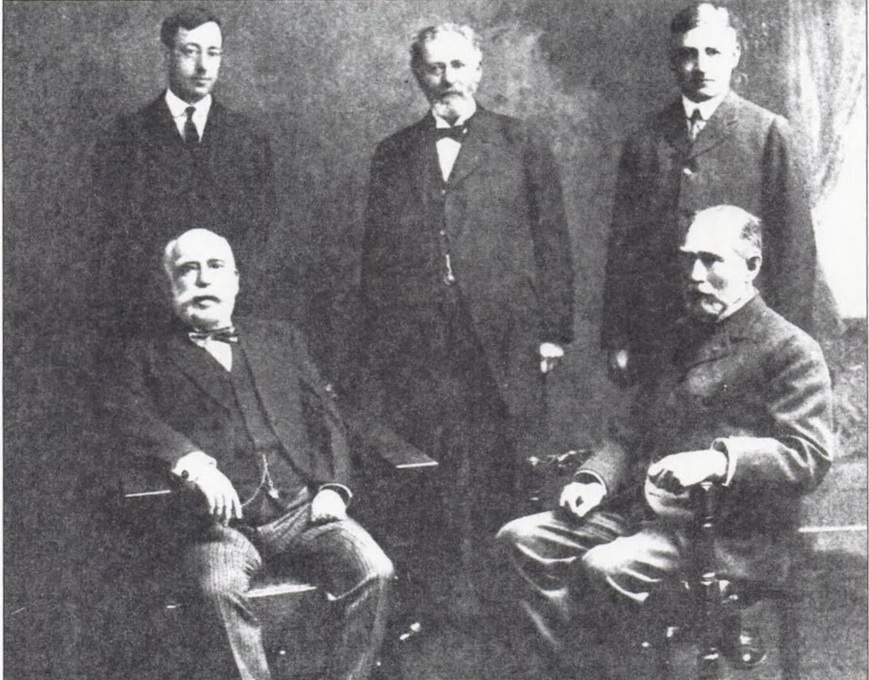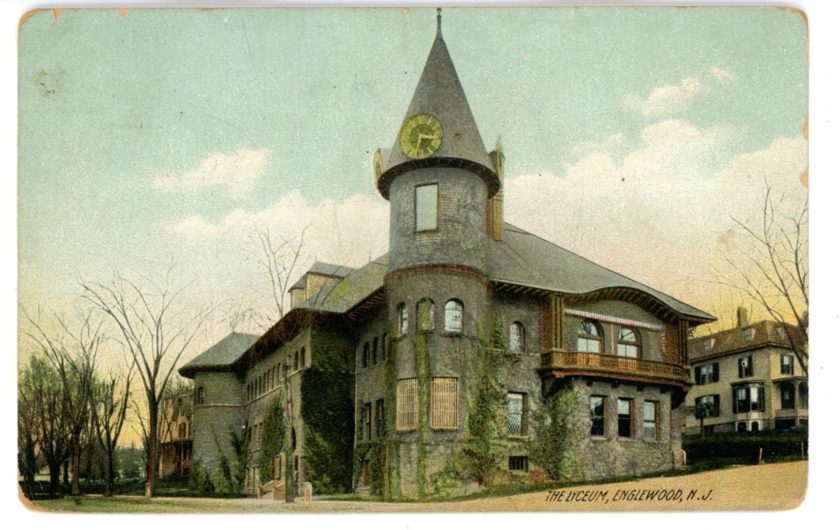
BY KRISTIN BEUSCHER
OF NORTHERN VALLEY PRESS
ENGLEWOOD, N.J.—This week 120 years ago, Englewood incorporated to become the first city in Bergen County.
The city that we now know as Englewood had been part of a larger region called Englewood Township since 1871. In the mid-1890s, newly created boroughs began to break off: Bergenfield, Teaneck, and then Englewood Cliffs, until Englewood Township had dwindled to a fraction of its former size.
In 1896, Englewood made the move to leave behind the township form of government and incorporate as a city.
A March 10, 1896 article in the New York Tribune reported on citizens’ meeting at the Englewood Lyceum at Palisade Avenue and Engle Street:
There was a large and interested assemble at the Lyceum on Saturday night to discuss the question of the incorporation of Englewood into a city. The hall was well filled, many women being present, and the leading citizens of the town turned out in goodly numbers.
Several speeches were made for and against incorporation…The principal arguments used by the favorers of incorporation were that at present Englewood is uncertain of its own limits and of its own ultimate integrity, as boroughs may split off from it and reduce it in size at any time. It is declared, however, that now that the trolley line will be running through Englewood, the town will shortly be visited by numbers of people from the city, especially in the summer time, and therefore it will be necessary to secure a more established government and more police protection.
[Those against incorporation], on the other hand, made a powerful plea for the present simple government of Englewood, which thus far has proved a signal success.
The whole question will be decided at the town election today.

That afternoon’s referendum vote showed 516 in favor of incorporation, versus 328 against. The Township Committee began to reorganize into a City Council, but three months later it was stopped in its tracks.
On June 13, 1896, the New Jersey Supreme Court declared that the process Englewood had used to incorporate—which itself was based upon an 1895 act by the state legislature—was unconstitutional because it was special legislation. Englewood’s designation as a city, despite the referendum showing local support, was declared invalid. Local officials appealed the decision at the New Jersey Court of Errors and Appeals, but were not successful.

Three more years passed before a citizens’ committee revived the idea of incorporation. An act of the legislature was passed March 17, 1899 declaring Englewood a city. Elbert A. Brinckerhoff, a prime mover in the incorporation efforts, was chosen as the first mayor.
Englewood remained the only city in Bergen County until 1917 when Garfield incorporated, followed by Hackensack in 1921. To this day those are the only three incorporated cities of Bergen County’s 70 municipalities.
